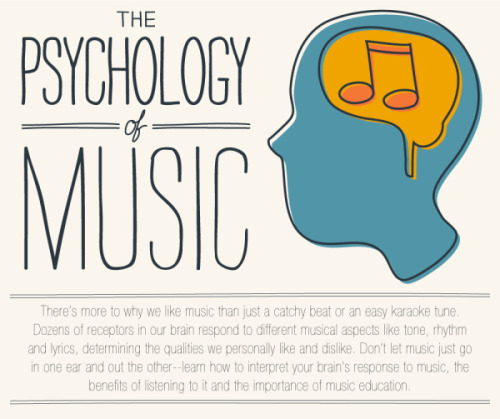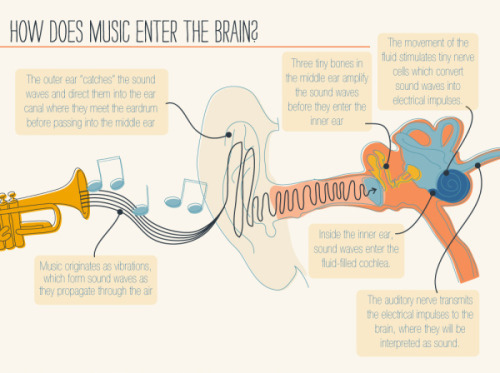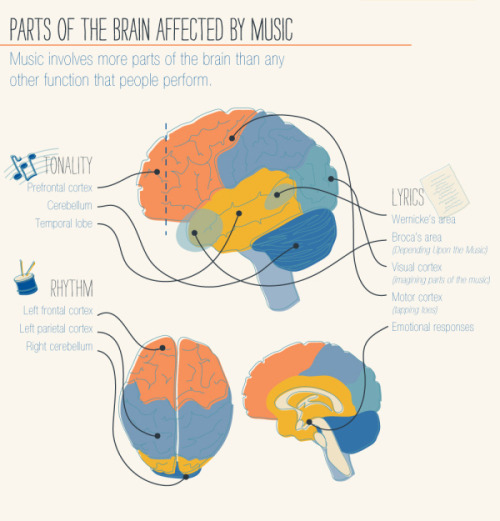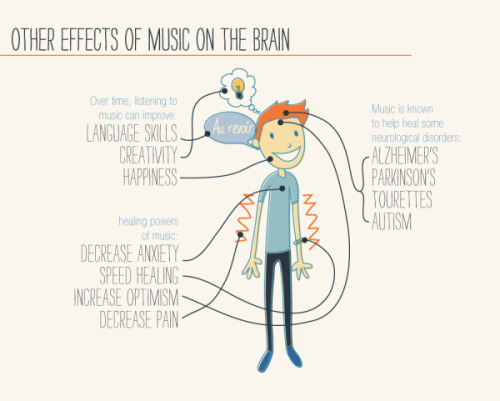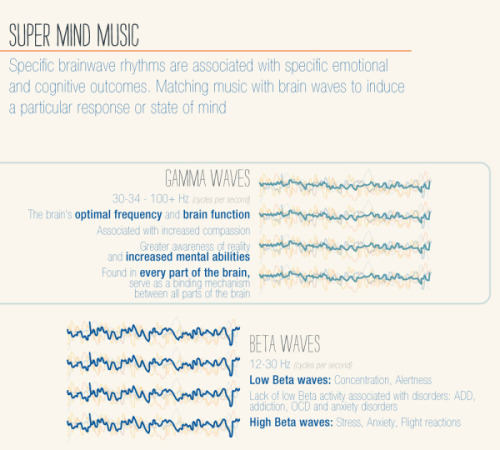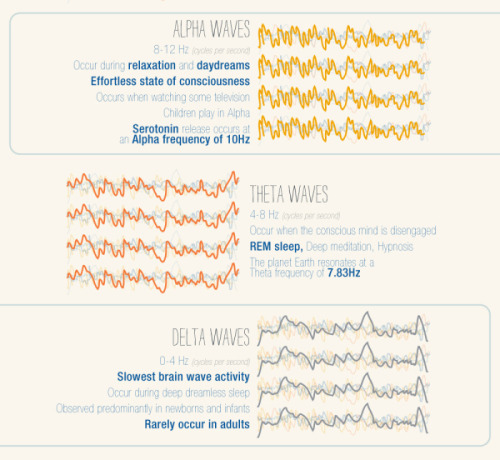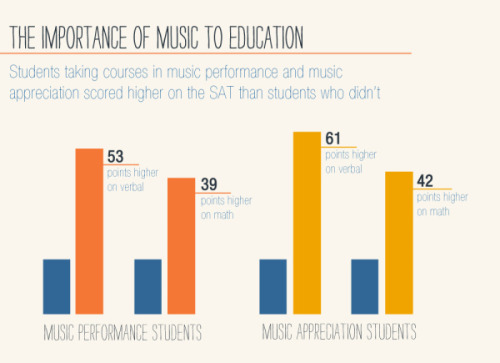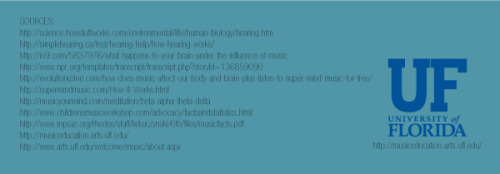Manufacturing Dopamine In The Brain With Gene Therapy

Manufacturing Dopamine in the Brain with Gene Therapy
Parkinson’s patients who take the drug levodopa, or L-Dopa, are inevitably disappointed. At first, during a “honeymoon” period, their symptoms (which include tremors and balance problems) are brought under control. But over time the drug becomes less effective. They may also need ultrahigh doses, and some start spending hours a day in a state of near-frozen paralysis.
A biotech company called Voyager Therapeutics now thinks it can extend the effects of L-Dopa by using a surprising approach: gene therapy. The company, based in Cambridge, Massachusetts, is testing the idea in Parkinson’s patients who’ve agreed to undergo brain surgery and an injection of new DNA.
Parkinson’s occurs when dopamine-making neurons in the brain start dying, causing movement symptoms that afflicted boxing champ Muhammad Ali and actor Michael J. Fox, whose charitable foundation has helped pay for the development of Voyager’s experimental treatment.
The cause of Parkinson’s isn’t well understood, but the reason the drug wears off is. It’s because the brain also starts losing an enzyme known as aromatic L-amino acid decarboxylase, or AADC, that is needed to convert L-Dopa into dopamine.
Voyager’s strategy, which it has begun trying on patients in a small study, is to inject viruses carrying the gene for AADC into the brain, an approach it thinks can “turn back the clock” so that L-Dopa starts working again in advanced Parkinson’s patients as it did in their honeymoon periods.
Videos of patients before and after taking L-Dopa make it obvious why they’d want the drug to work at a lower dose. In the ‘off’ state, people move in slow motion. Touching one’s nose takes an effort. In an ‘on’ state, when the drug is working, they’re shaky, but not nearly so severely disabled.
“They do well at first but then respond very erratically to L-Dopa,” says Krystof Bankiewicz, the University of California scientist who came up with the gene-therapy plan and is a cofounder of Voyager. “This trial is to restore the enzyme and allow them to be awakened, or ‘on,’ for a longer period of time.”
Voyager was formed in 2013 and later went public, raising about $86 million. The company is part of a wave of biotechs that have been able to raise money for gene therapy, a technology that is starting to pay off: after three decades of research, a few products are reaching the market.
Unlike conventional drug studies, those involving gene therapy often come with very high expectations that the treatment will work. That’s because it corrects DNA errors for which the exact biological consequences are known. Genzyme, a unit of the European drug manufacturer Sanofi, paid Voyager $65 million and promised hundreds of millions more in order to sell any treatments it develops in Europe and Asia.
“We’re working with 60 years of dopamine pharmacology,” says Steven Paul, Voyager’s CEO, and formerly an executive at the drug giant Eli Lilly. “If we can get the gene to the right tissue at the right time, it would be surprising if it didn’t work.”
But those are big ifs. In fact, the concept for the Parkinson’s gene therapy dates to 1986, when Bankiewicz first determined that too little AADC was the reason L-Dopa stops working. He thought gene therapy might be a way to fix that, but it wasn’t until 20 years later that he was able to test the idea in 10 patients, in a study run by UCSF.
In that trial, Bankiewicz says, the gene delivery wasn’t as successful as anticipated. Not enough brain cells were updated with the new genetic information, which is shuttled into them by viruses injected into the brain. Patients seemed to improve, but not by much.
Even though the treatment didn’t work as planned, that early study highlighted one edge Voyager’s approach has over others. It is possible to tag AADC with a marker chemical, so doctors can actually see it working inside patients’ brains. In fact, ongoing production of the dopamine-making enzyme is still visible in the brains of the UCSF patients several years later.

It is possible to tag AADC with a marker chemical, so doctors can actually see it working inside patients’ brains. Image Source: MIT Technology Review.
In some past studies of gene therapy, by contrast, doctors had to wait until patients died to find out whether the treatment had been delivered correctly. “This is a one-and-done treatment,” says Paul. “And anatomically, it tells us if we got it in the right place.”
A new trial under way, this one being carried out by Voyager, is designed to get much higher levels of DNA into patients’ brains in hopes of achieving better results. To do that, Bankiewicz developed a system to inject the gene-laden viral particles through pressurized tubes while a patient lies inside an MRI scanner. That way, the surgeon can see the putamen, the brain region where the DNA is meant to end up, and make sure it’s covered by the treatment.
There are other gene therapies for Parkinson’s disease planned or in testing. A trial developed at the National Institutes of Health seeks to add a growth factor and regenerate cells. A European company, Oxford BioMedica, is trying to replace dopamine.
Altogether, as of this year, there were 48 clinical trials under way of gene or cell replacement in the brain and nervous system, according to the Alliance for Regenerative Medicine, a trade group. The nervous system is the fourth most common target for this style of experimental treatment, after cancer, heart disease, and infections.
Voyager’s staff is enthusiastic about a study participant they call “patient number 6,” whom they’ve been tracking for several months—ever since he got the treatment. Before the gene therapy, he was on a high dose of L-Dopa but still spent six hours a day in an “off” state. Now he’s off only two hours a day and takes less of the drug.
That patient got the highest dose of DNA yet, covering the largest brain area. That is part of what makes Voyager think higher doses should prove effective. “I believe that previous failure of gene-therapy trials in Parkinson’s was due to suboptimal delivery,” says Bankiewicz.
Image Credit: L.A. JOHNSON
Source: MIT Technology Review (by Antonio Regalado)
More Posts from Contradictiontonature and Others

It was one of the very first motion pictures ever made: a galloping mare filmed in 1878 by the British photographer Eadweard Muybridge, who was trying to learn whether horses in motion ever become truly airborne.
More than a century later, that clip has rejoined the cutting edge. It is now the first movie ever to be encoded in the DNA of a living cell, where it can be retrieved at will and multiplied indefinitely as the host divides and grows.
The advance, reported on Wednesday in the journal Nature by researchers at Harvard Medical School, is the latest and perhaps most astonishing example of the genome’s potential as a vast storage device.
Continue Reading.

Quote from Sau Lan Wu, scientist who discovered the #higgsboson. More quotes like this one to inspire you in my I Love Science Journal coming to stores in March. Preorder now on Amazon! #ilovescience #womeninscience #scientificliteracy

(Image caption: The brain of a fruit fly contains many different regions responsible for processing sight, smell and taste in addition to regions for controlling movement. This image shows the results of a new method which automatically identifies these brain regions. Each color represents a different brain region. The authors used this method to discover specific areas involved in processing of visual information in the fly. The technique could also be used to refine our understanding of vertebrate brains)
Identifying Brain Regions Automatically
Using the example of the fruit fly, a team of biologists led by Prof. Dr. Andrew Straw has identified patterns in the genetic activity of brain cells and taken them as a basis for drawing conclusions about the structure of the brain. The research, published in Current Biology, was conducted at the University of Freiburg and at the Research Institute of Molecular Pathology (IMP) in Vienna, Austria.
The newly developed method focuses on enhancers, DNA segments responsible for enhancing transcription of RNA at specific locations and developmental times in an organism. The research started with a database of three-dimensional images showing individual enhancer activity. The team used an automatic pattern finding algorithm to identify genetic activity patterns shared across the images. They noticed that, in some cases, these patterns seemed to correspond with specific brain regions. To demonstrate the functionality of their method, the biologists began by applying it to regions of the fruit fly brain whose anatomy is already well known – namely, those responsible for the sense of smell. The activity patterns of the enhancers traced the already familiar anatomy of these regions.
Then the biologists used the new method to study brain regions responsible for vision. These experiments led to new insights into the anatomy of these areas: In addition to eleven already known regions, the activity patterns of the enhancers revealed 14 new regions, each of which presumably serves a different function for the fruit fly’s sense of sight. The researchers now aim to conduct further studies to determine which regions are responsible for which functions.
Andrew Straw has served since January 2016 as professor of behavioral neurobiology and animal physiology at the University of Freiburg’s Faculty of Biology and is a member of the Bernstein Center Freiburg (BCF). Before their move to Freiburg, he and his research assistants Karin Panser and Dr. Laszlo Tirian worked at the Research Institute of Molecular Pathology in Vienna in collaboration with Dr. Florian Schulze, Virtual Reality and Visualization Research Center GmbH (VRVis). The goal of Straw’s research is to achieve a better understanding of the structure and function of the brain. He hopes this basic research will ultimately help in the design of therapies for patients suffering from neurological diseases affecting specific regions of the brain.
Results and visualizations: https://strawlab.org/braincode

Collective memory in bacteria
Individual bacterial cells have short memories. But groups of bacteria can develop a collective memory that can increase their tolerance to stress. This has been demonstrated experimentally for the first time in a study by Eawag and ETH Zurich scientists published in PNAS.
Roland Mathis, Martin Ackermann. Response of single bacterial cells to stress gives rise to complex history dependence at the population level. PNAS, March 7, 2016 DOI: 10.1073/pnas.1511509113
Experimental set-up with the bacterium Caulobacter crescentus in microfluidic chips: each chip comprises eight channels, with a bacterial population growing in each channel. The bacteria are attached to the glass surface by an adhesive stalk. When the bacterial cells divide, one of the two daughter cells remains in the channel, while the other is washed out. Using time-lapse microscopy, bacterial cell-division cycles and survival probabilities can thus be reconstructed. Credit: Stephanie Stutz

After the heart is “cleansed of blood and all cells”, only connective tissues remain. This is ideal for doing heart transplants because the recipient’s immune system is less likely to reject the ghost heart if it has no trances of the donor’s body. [Image via http://bit.ly/2izEnse]

The first of the 2016 science Nobel Prizes was announced earlier today. The prize for Medicine or Physiology was awarded to Yoshinori Ohsumi for his work on the mechanisms behind autophagy. Find out more about his Nobel-winning work with this graphic! http://bit.ly/NobelSci2016

R.I.P. Vera Rubin; 1928-2016.
She never did win the Nobel prize for her discovery.

Stephanie Kwolek was born #OTD in 1923. She’s most famous for inventing the bulletproof polymer Kevlar: wp.me/p4aPLT-3dv
-
 xxx-paranormal-nigirv liked this · 5 years ago
xxx-paranormal-nigirv liked this · 5 years ago -
 thatburnsguy liked this · 7 years ago
thatburnsguy liked this · 7 years ago -
 brainandbehavior reblogged this · 7 years ago
brainandbehavior reblogged this · 7 years ago -
 welptina-blog reblogged this · 7 years ago
welptina-blog reblogged this · 7 years ago -
 lutefisk-kingdom liked this · 7 years ago
lutefisk-kingdom liked this · 7 years ago -
 centaurianwisdom reblogged this · 7 years ago
centaurianwisdom reblogged this · 7 years ago -
 stratyfied reblogged this · 8 years ago
stratyfied reblogged this · 8 years ago -
 maytikasari liked this · 8 years ago
maytikasari liked this · 8 years ago -
 dread-cypress liked this · 8 years ago
dread-cypress liked this · 8 years ago -
 revolutionorheroin reblogged this · 8 years ago
revolutionorheroin reblogged this · 8 years ago -
 revolutionorheroin liked this · 8 years ago
revolutionorheroin liked this · 8 years ago -
 rue-the-world-rule-the-universe liked this · 8 years ago
rue-the-world-rule-the-universe liked this · 8 years ago -
 sbgyatso reblogged this · 8 years ago
sbgyatso reblogged this · 8 years ago -
 ann-jones413-blog liked this · 8 years ago
ann-jones413-blog liked this · 8 years ago -
 bippity-boppity-nope reblogged this · 8 years ago
bippity-boppity-nope reblogged this · 8 years ago -
 10000devils reblogged this · 8 years ago
10000devils reblogged this · 8 years ago -
 10000devils liked this · 8 years ago
10000devils liked this · 8 years ago -
 latenightconversationss liked this · 8 years ago
latenightconversationss liked this · 8 years ago -
 ashleybrookern-blog reblogged this · 8 years ago
ashleybrookern-blog reblogged this · 8 years ago -
 pio910pio-blog liked this · 8 years ago
pio910pio-blog liked this · 8 years ago -
 claude-real-blog liked this · 8 years ago
claude-real-blog liked this · 8 years ago -
 flakfizer-blog liked this · 8 years ago
flakfizer-blog liked this · 8 years ago -
 onceuponaroast liked this · 8 years ago
onceuponaroast liked this · 8 years ago -
 cebetts89-blog liked this · 8 years ago
cebetts89-blog liked this · 8 years ago -
 cebetts89-blog reblogged this · 8 years ago
cebetts89-blog reblogged this · 8 years ago -
 holkboy-blog liked this · 8 years ago
holkboy-blog liked this · 8 years ago -
 matthastribrows reblogged this · 8 years ago
matthastribrows reblogged this · 8 years ago -
 jennyjam1122-blog reblogged this · 8 years ago
jennyjam1122-blog reblogged this · 8 years ago -
 drbronca liked this · 8 years ago
drbronca liked this · 8 years ago -
 catnip-kittern liked this · 8 years ago
catnip-kittern liked this · 8 years ago -
 forever-wander-neversettle liked this · 8 years ago
forever-wander-neversettle liked this · 8 years ago -
 kimscryingface-blog liked this · 8 years ago
kimscryingface-blog liked this · 8 years ago -
 kimscryingface-blog reblogged this · 8 years ago
kimscryingface-blog reblogged this · 8 years ago -
 mynamessaphronia-blog liked this · 8 years ago
mynamessaphronia-blog liked this · 8 years ago -
 mynamessaphronia-blog reblogged this · 8 years ago
mynamessaphronia-blog reblogged this · 8 years ago -
 endmenow666-blog liked this · 8 years ago
endmenow666-blog liked this · 8 years ago -
 not-a-pasta-dealer-blog liked this · 8 years ago
not-a-pasta-dealer-blog liked this · 8 years ago
A pharmacist and a little science sideblog. "Knowledge belongs to humanity, and is the torch which illuminates the world." - Louis Pasteur
215 posts

